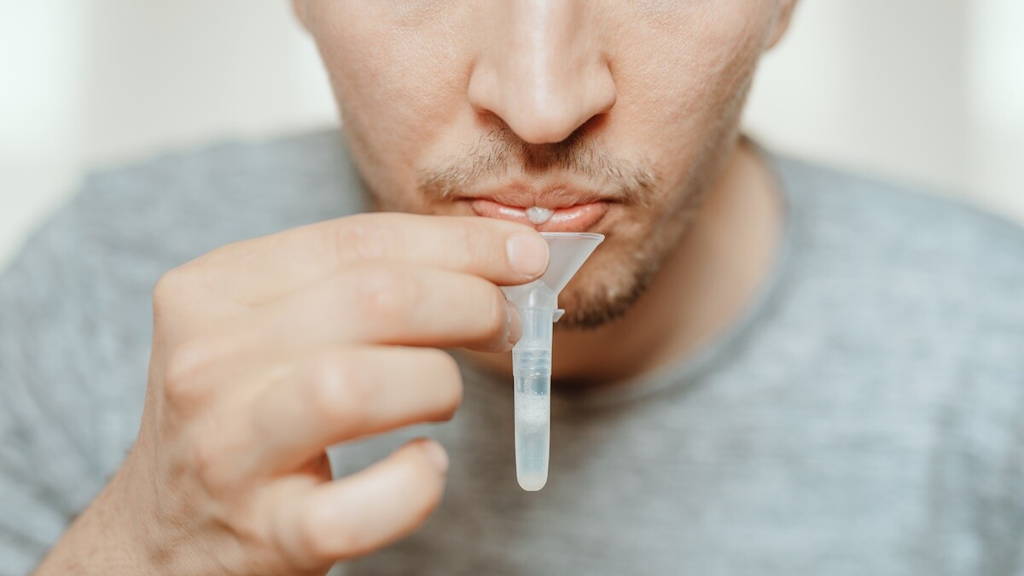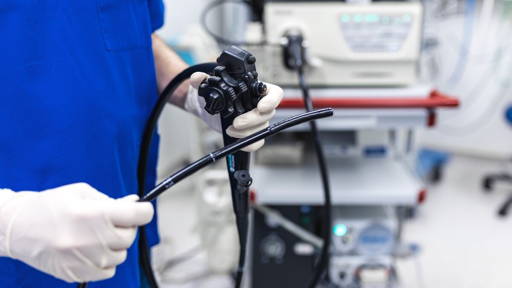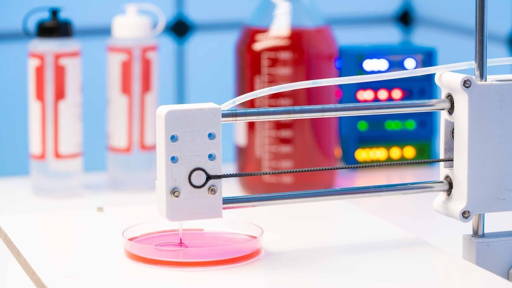What if patients no longer needed to be pricked for blood tests in the future? That question was central to Sophie Adelaars' PhD research at Eindhoven University of Technology (TU/e). In collaboration with Philips and the Catharina Hospital, she investigated the potential of biomarkers in sweat and saliva as an alternative to traditional blood analyses. Her work fits seamlessly with the rise of non-invasive healthcare technologies that contribute to personalised and future-proof care.
Adelaars worked within an international research consortium to develop a sensor that can measure concentrations of specific biomarkers via sweat. This technology offers possibilities for continuous and remote monitoring, without the need for medical personnel or invasive procedures. A wearable sensor on the skin, similar to a glucose meter, could in the future provide 24/7 information on the patient's health status.
‘Sweat has been used incidentally for decades, for example in the diagnosis of cystic fibrosis,’ Adelaars explains. "But in regular healthcare practice, it is hardly used. Our research changes this by re-establishing the clinical relevance of sweat and saliva as a measurement medium."
Smartly generate and exploit sweat
Because the body produces sweat only in small amounts, the study uses pilocarpine, a substance that locally stimulates sweat production. Using an advanced collection system, researchers can then analyse the sweat for the presence of biomarkers.
Two of the substances studied - urea and creatinine - play an important role in patients with kidney failure. Both wastes are normally disposed of through the kidneys. ‘In dialysis patients, we saw that the concentrations of these substances in sweat and saliva show the same decrease as in the blood before and after dialysis treatment,’ Adelaars said. ‘This is promising because it shows that measurements via these body fluids actually say something about the patient's medical condition.’
Non-invasive data source
In addition to sweat, Adelaars also investigated saliva as a non-invasive data source. Although saliva is easier to collect, factors such as oral hygiene and food intake can influence measurements. By establishing standardised protocols, such as staying sober for half an hour prior to collection, the team managed to limit these influences. ‘We use a cotton ball that patients chew on, which we then centrifuge to analyse the saliva,’ Adelaars explains.
A few weeks ago, we reported on a new home test developed in the US that can measure stress hormones such as cortisol and DHEA through saliva. That innovation, also called lab-on-a-chip, enables rapid, non-invasive diagnostics, where results can be viewed via a smartphone within minutes. It offers opportunities for early detection of conditions such as depression, anxiety and heart problems, according to the inventors.
Adelaars' research went beyond body fluids. She also investigated how cognitive tests, such as the BAMCOG test, can be used to assess the risk of postoperative delirium (POD). This is an acute state of confusion that particularly affects elderly people after surgery. Combining cognitive screening beforehand with biomarker data will provide a more complete picture of the patient, potentially preventing complications.
Next steps
Although the results are promising, Adelaars stresses that further development is necessary. Measuring equipment needs to be refined, biomarkers further validated and integration into care processes needs to be done carefully. The potential is great: less burdensome measurements, real-time insight and the ability to intervene early in case of abnormalities.
‘Technology is developing at lightning speed,’ concludes Adelaars. "With an ageing population and increasing pressure on care, it is essential that we look for solutions that allow us to monitor people at home. Sweat and saliva offer an interesting, untapped potential in this regard. They are low-threshold, patient-friendly and suit a future where care is increasingly taking place outside the hospital."









